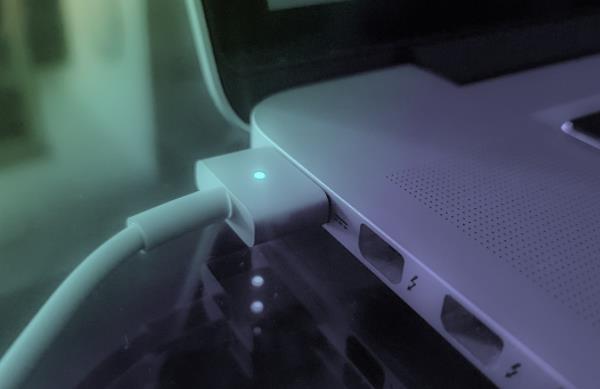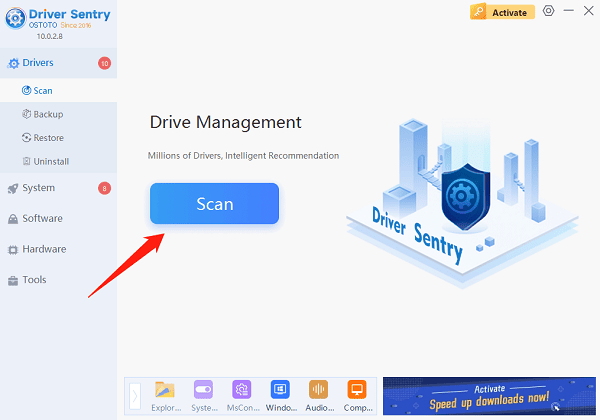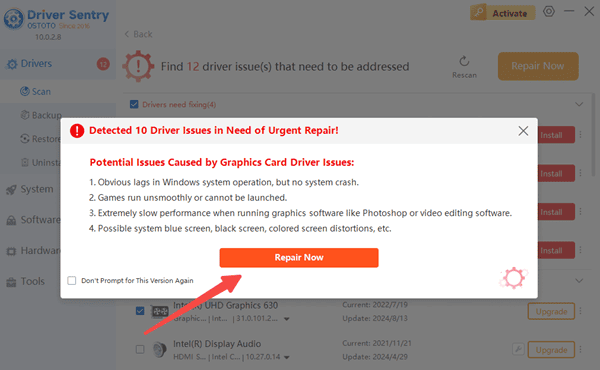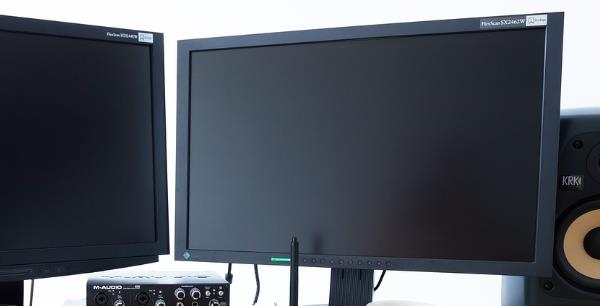
Computer turns on but shows nothing is a common but headache problem. What are the reasons for the problem of computer turns on but nothing shows up? How can we solve it? This article will provide you with detailed solutions.
Step 1: Check the power supply and monitor connection
1. Confirm whether the monitor power is normal
First of all, check whether the monitor is powered on. You can observe the monitor's power indicator, if it doesn't light up, it may be a loose power cord or a problem with the power socket. Try to replace the power outlet or power cord to make sure the monitor can work normally.

2. Check if the connection cable is solid
Check whether the connecting cables (e.g. HDMI, VGA, DP cables, etc.) between the computer and the monitor are plugged in tightly. Sometimes, poor contact or cable damage will lead to no signal input, and then the monitor can not display the screen. You can try to plug and unplug the cable again to make sure the interface is not loose or oxidized.
Step 2: Check the monitor signal source setting
Sometimes the monitor can't display the screen because the input source is wrongly selected. Many monitors support multiple signal input methods (such as HDMI, VGA, DP, etc.), if the input source is not set correctly, the monitor will not display the content.
1. Check the input source of the monitor
Enter the menu setting interface of the monitor and make sure the correct input source is selected. If you are using HDMI interface, then the input source of the monitor should be set to "HDMI". If you are using more than one interface, make sure you have selected the corresponding signal source.
2. Check the display output settings of your computer
If the computer is connected to multiple monitors, the system may output to other display devices by default. In this case, you can press Windows + P to select the appropriate display mode, such as "Computer Screen Only" or "Extended Mode", to ensure that the monitor can receive the correct output signal.
Step 3: Driver Update
Driver is the key to ensure the normal operation of computer hardware. If there is any problem with the graphics card driver, it may cause the monitor cannot display properly. Therefore, updating the graphics card driver is an important step to solve the problem. If you are not familiar with updating drivers manually or want to improve the efficiency of updating, you can consider using a third-party driver update tool, such as Driver Sentry, which will automatically scan your computer hardware and help you to download and install the latest drivers to make sure that the drivers of your graphics card and other hardware are the latest versions, so as to solve the display problem.
1. Click the download button to get the latest version of Driver Sentry. After installation, open the software and click "Scan".

2. If the software detects outdated or damaged drivers, it will recommend updates. Click "Repair Now" to complete the update.

3. Restart your computer to see if the issue is resolved.
Step 4: Check Hardware Problems
1. Check the video card and memory stick
If the monitor still doesn't light up, there may be a hardware failure. First of all, you can check if the video card is installed correctly, sometimes loose or poor contact of the video card can lead to display problems. You can gently pull out the video card, check if the connector is clean and reinsert it.
2. Check the memory stick connection
Loose memory sticks may also cause the monitor not to light up. You can try to reinstall the memory stick and make sure it is firmly connected to the slot on the motherboard.
3. Check if the monitor is damaged
If the computer display is normal and the monitor still won't light up, the monitor may be malfunctioning. You can test the monitor by connecting it to another computer. If the monitor displays normally on other devices, the problem may be on the computer side.

Step 5: Clear BIOS Settings
If you have tried the above methods and the problem is still not solved, you can try to clear the BIOS settings of your computer. After powering off the computer, press and hold the power button for 10-15 seconds to clear the static electricity inside the computer, sometimes this can help to solve the display problem caused by incorrect BIOS settings.
The above is the solution for computer turns on but no display, hope it will help you.
See also:
How to Fix Computer Speakers Not Working
Ways to Fix Windows 11 Microphone Not Working